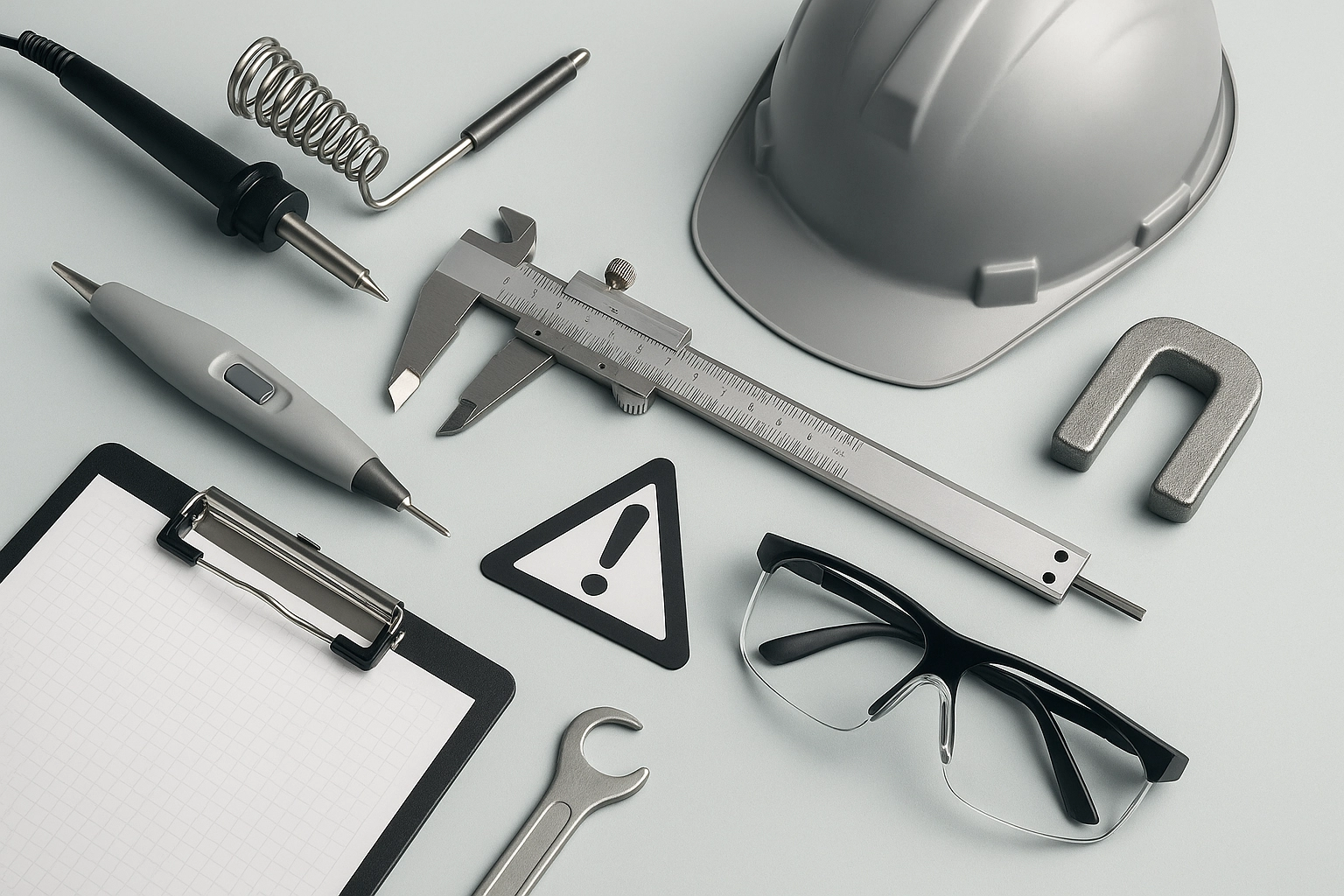ASTM F963 Stability and Load Bearing Test
The ASTM F963-17 Standard Specification for Consumer Safety Specifications for Toy Safety sets forth a comprehensive set of testing requirements to ensure that toys are safe for children. Among these, the Stability and Load Bearing Test (ASTM F963 Section 4.28) is particularly crucial as it evaluates how securely various components of a toy can withstand external forces without collapsing or falling apart.
This test is essential because toys that fail to meet stability requirements can pose significant risks, especially for small children who might be tempted to climb on top of unstable furniture toys like chairs, stools, or playhouses. The collapse of such toys could result in serious injuries, including head trauma and other bodily harm from falls.
The test procedure involves placing a specified load (typically 50 pounds) at a defined point on the toy, ensuring it remains stable under this weight without tipping over. This measurement is particularly relevant for furniture toys designed to be used by children in play areas or as part of playsets.
For the test to pass, the toy must maintain its stability and not tip over when subjected to a load that simulates real-world conditions where children might interact with it. The goal is to ensure that such toys are robust enough to provide safe play experiences without compromising on design aesthetics or functionality.
Proper specimen preparation for this test includes ensuring the toy is in its intended use configuration, including all parts and accessories. This ensures that the stability assessment reflects realistic conditions under which children might interact with the toy. Once prepared, the toy is placed on a stable surface, and the specified load is carefully applied at the designated point.
The instrumentation used for this test includes calibrated weights and a sturdy platform to hold the toy in place during loading. The load is gradually increased until it reaches the predetermined threshold, and then observed for any signs of instability or collapse.
Acceptance criteria stipulate that the toy must not tip over under the specified load conditions. Any deviation from this standard would indicate potential safety hazards, necessitating further inspection or redesign to meet ASTM F963 compliance requirements.
The importance of this test cannot be overstated in the context of toy manufacturing and quality assurance processes. By adhering to ASTM F963 standards, manufacturers can ensure their products are not only fun but also safe for children, thus maintaining consumer trust and regulatory compliance.
Why It Matters
The stability and load-bearing performance of toys is critical in safeguarding the well-being of young users. Furniture toys that fail to meet these standards can lead to accidents such as tipping over or collapsing, potentially causing severe injuries like head trauma and fractures.
- Prevents Accidents: Toys designed for outdoor play or indoor use must be sturdy enough to withstand the physical activities of children without toppling over. This reduces the risk of injuries from falls or collisions.
- Enhances Quality Assurance: Compliance with ASTM F963 ensures that toys are rigorously tested, enhancing overall product quality and reliability in the market.
- Promotes Consumer Trust: Parents trust brands that adhere to stringent safety standards. Meeting these standards boosts brand reputation and customer confidence.
In summary, the Stability and Load Bearing Test is a vital component of toy manufacturing processes aimed at ensuring product safety and reliability for children's play environments.
Why Choose This Test
- Comprehensive Safety Assurance: ASTM F963 ensures that toys meet rigorous safety standards, providing peace of mind to parents and guardians.
- Regulatory Compliance: By adhering to these specifications, manufacturers can avoid legal issues related to non-compliance with international toy safety regulations.
- Enhanced Product Quality: The test helps identify design flaws that could lead to accidents or injuries, thereby improving product durability and performance.
- Market Differentiation: Meeting these standards sets a benchmark for quality, distinguishing your products from those of competitors who may not meet the same rigorous criteria.
The Stability and Load Bearing Test is an essential part of any comprehensive toy safety testing program. It ensures that toys are robust enough to withstand real-world conditions, promoting safer play experiences and reducing the risk of accidents.
Competitive Advantage and Market Impact
Adhering to ASTM F963 standards can significantly enhance a company's competitive advantage in the toy market. By prioritizing safety above all else, manufacturers not only meet regulatory requirements but also set themselves apart from competitors who may cut corners on quality.
- Increased Consumer Confidence: Parents and guardians are more likely to trust brands that demonstrate a commitment to child safety.
- Promotes Brand Loyalty: Consistently meeting or exceeding industry standards fosters long-term customer loyalty, as consumers recognize the value of your products.
- Faster Market Entry: Compliance with ASTM F963 allows for quicker product launches and market entry, giving companies an edge over their competitors.
The Stability and Load Bearing Test plays a pivotal role in achieving these goals. It ensures that toys are not only safe but also reliable, contributing to the overall success of your business within the competitive toy industry.





